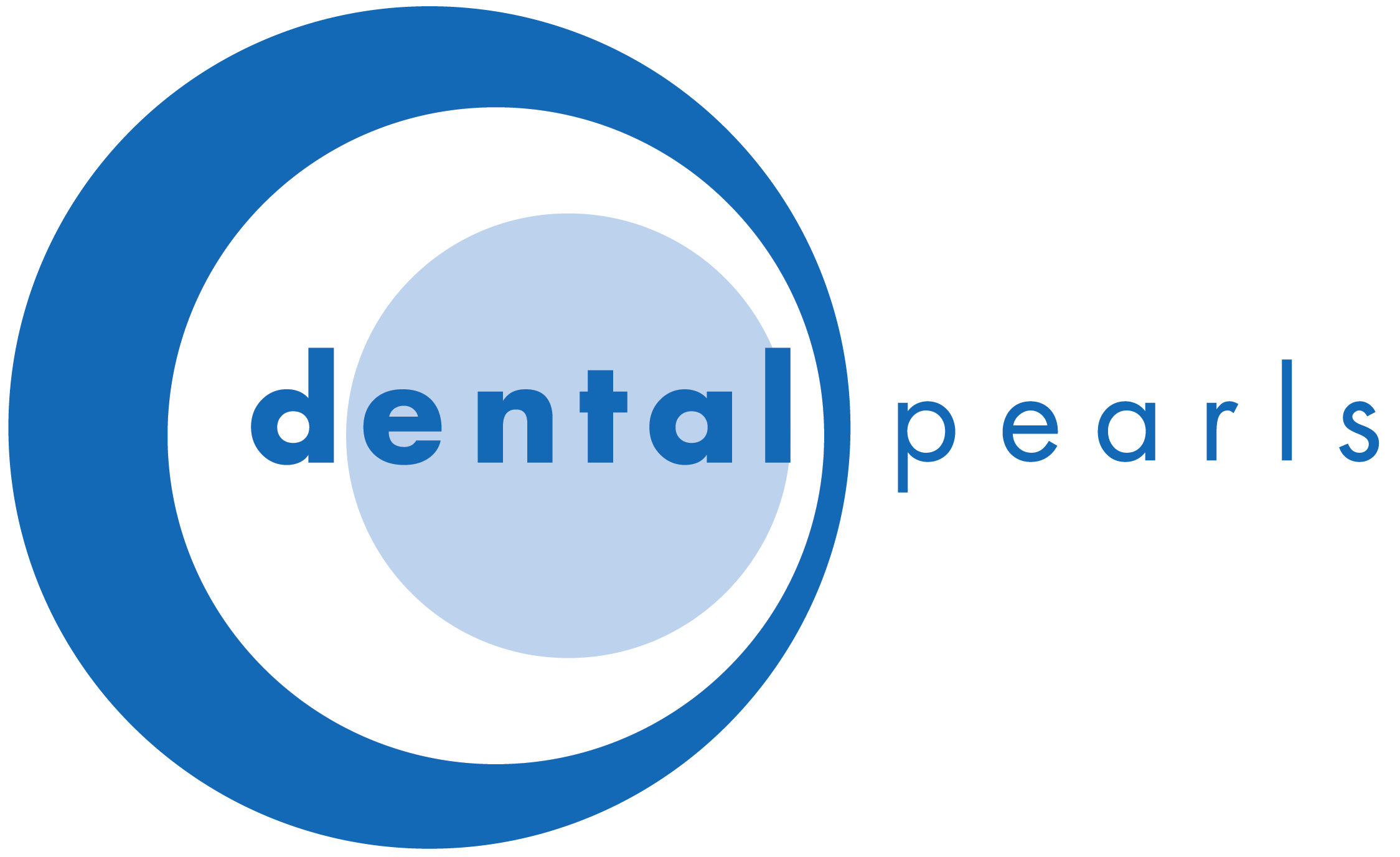
Sleep apnoea affects between two and three percent of children every year.
If your child is a particularly restless sleeper, suffers from daytime sleepiness and irritability or cannot focus on tasks during the day, it’s unlikely they’re struggling with obstructive sleep apnoea. The breathing disorder affects one’s ability to achieve peaceful, restorative sleep and can have a considerable impact on one’s overall health.
Read on to find out what symptoms the disorder causes and what you should look out for if you suspect that your child may be affected by it…
What is sleep apnoea?
Sleep apnoea is a breathing disorder that obstructs one’s breathing during sleep. The disorder occurs when the airways collapse momentarily at night. Some common symptoms of sleep apnoea include snoring, daytime fatigue, pauses in breathing during sleep, sudden awakenings (often accompanied by choking or gasping), and difficulty focusing throughout the day.
What are the signs of sleep apnoea in children?
Although sleep apnoea is often associated with adults, the disorder can affect children as well. Often, children who suffer from sleep apnoea struggle with daytime drowsiness, learning difficulties and behavioural problems caused as a result of disrupted sleep.
Some of the most common signs that your child may be suffering from the disorder include:
- Sleepwalking
- Teeth grinding
- Bedwetting
- Nighttime sweats
Some other indicators of the disorder include very restless sleep — you may notice that your child moves a lot in their sleep or that they tend to sleep in strange positions.
Snoring is also a sign that there is abnormal airflow through the upper airway of the nose and mouth. Chronic snoring should never be present in a child, so we recommend an assessment if this is something you have noticed. Growth problems and behavioural problems like ADHD may also be signs that your child’s sleep is disrupted, while daytime sleepiness is a common culprit as well. Mouth breathing is another sign of an obstructed airflow passage and should be assessed professionally.
Sleep apnoea can have some very serious effects on children’s growth, development and behaviour, so we urge you to chat with us if you have any concerns about your child’s sleeping or breathing.
How can we help?
If you suspect that your child is suffering from sleep apnoea, we recommend that you bring them in to see us. We will perform a thorough examination and advise you on the treatment that best suits their unique needs. We will evaluate your child based on their particular symptoms and come up with a treatment plan that is customised to the case. In some cases, we may recommend the use of a mandibular advancement splint, which fits into the mouth, much like a mouthguard. The splint is designed to be worn at night and works by adjusting the position of the jaw and preventing the airway from closing during sleep.
If you would like to find out more about sleep apnoea in children, please take a look here. If you are concerned about your child and would like to make an appointment, please don’t hesitate to get in touch.
Our team is dedicated to providing all of our patients with top-quality care in a comfortable and safe environment. All of our team members are members of the Australian Dental Association and are experienced and qualified in the field.
Don’t forget to share this via Twitter, Google+, Pinterest and LinkedIn.

